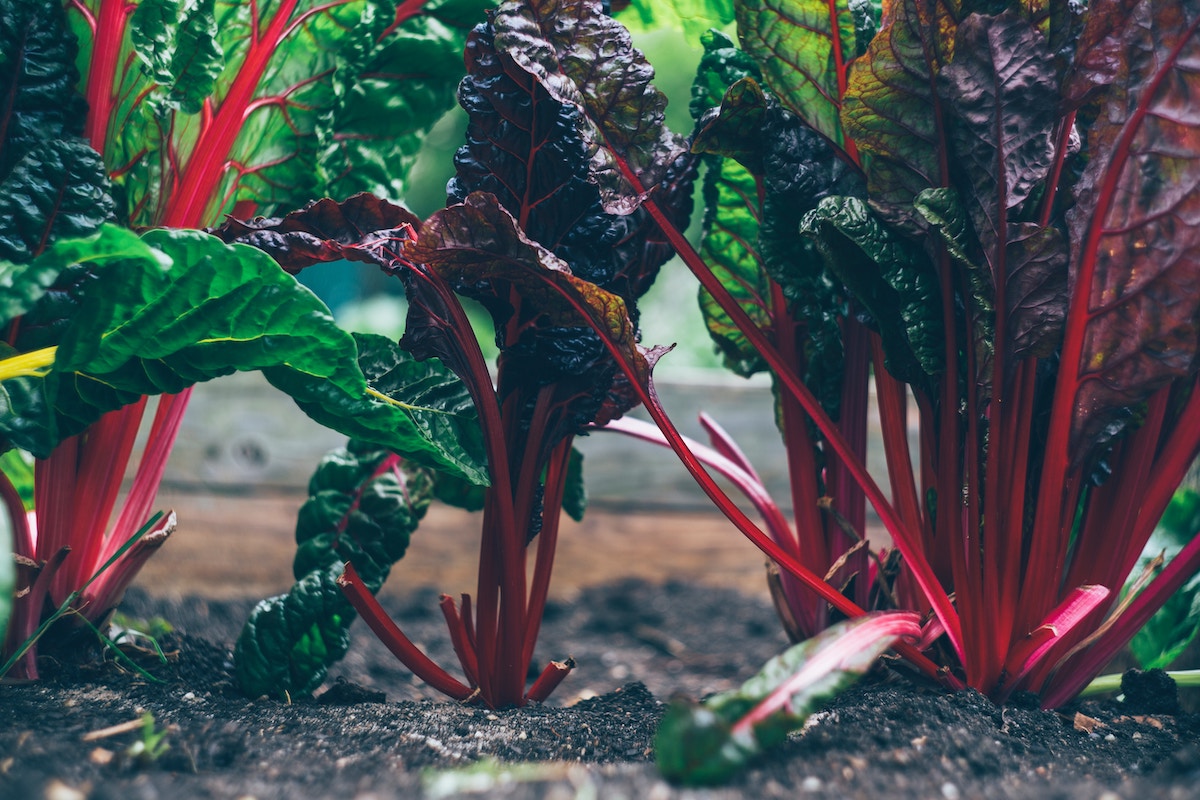How to Create a Sustainable Garden

You’ve probably heard much discussion about sustainable lifestyles and people going green. If you’re enthusiastic about the subject, you already know these are efforts to save the planet by conserving its resources, reducing toxic emissions, and doing things that support the ecosystem.
Therefore, sustainable gardening is a form of gardening that promotes these practices aimed at protecting the environment. It’s all about doing things that benefit the environment and minimizes harm as much as possible.
This post highlights practices you can adopt to create a sustainable garden with a positive environmental impact.
1. Amend the Soil
The best way to naturally amend the soil is through composting. You will be doing your garden a huge favor and, in return, protect the soil from losing too much water if the particles are loose.
Using compost to increase soil nutrients naturally will help you avoid chemicals that damage the environment, like synthetic fertilizers.
The organic matter in compost doesn’t just improve your soil and protect it from erosion and moisture loss. It also has a bigger impact on the presence of carbon in the atmosphere.
Degraded soil actually contributes to carbon emissions, but the use of composting will help retain carbon in the soil as organic matter.
2. Pull the Weeds
These days most people use herbicides to control weeds in their farms and gardens. As effective and convenient as the chemical is, it’s terrible for the remaining plants, the soil, and the environment.
A greener solution would be pulling the weeds with your hands. It’s more tedious, but it’s 100% effective and organic.
3. Use Native Plants
Some plants are like huge luxury vehicles with heavy fuel demands. These plants may demand lots of water, different soil, and chemicals to ward off diseases.
That usually happens with plants that aren’t native to the region, and so require extra care to survive.
For your sustainable garden, try bringing in indigenous plants that thrive in the soil and climate. Choosing plants suited to the area removes the unnecessary pressure to accommodate them.
4. Keep in Green Year Round
Plants have different blooming times, and some reach maturity quicker than others. You may want your garden to have plants that bloom at various times of the year, as that keeps your garden alive at all times.
Try mixing seasonal and perennial plants because the latter is more beneficial to the soil and the environment. Perennials have better routing systems, which limits the need for irrigation and pulls soil nutrients to the surface.
5. Revolutionize Your Garden
There are new systems now that have completely redefined agriculture as we knew it. One of them is hydroponics, which is basically a style of gardening using water rather than soil.
Hydroponics has become more popular through continuous application by indoor cannabis farms. What makes the system amazing is that it uses much less water than traditional agriculture, which offers a great opportunity to conserve fresh water.
There are different ways you can go about hydroponics, depending on your needs. Check out Veriheal’s website for details on the subject.
6. Catch Rainwater
Fresh water is crucial to our existence, but the planet only has a fraction of fresh water deposits. That puts water conservation efforts at the core of sustainability.
You can play your part and keep your garden sustainable by tapping into rain water instead of using tap water for irrigation. Collect rainwater into a storage tank and save it for use during dry seasons.
If rain is scarce in your area, try gardening methods like Xeriscaping, which eliminates the use of irrigation. The plants used are usually tough and adaptive and can survive on what nature provides.
7. Plant Trees
Trees are perfect for sustainability. Make sure your garden has some of them, as they have many benefits for the environment.
Since trees store massive amounts of carbon and act as air filters, a few of them in your garden would be a huge contribution to the world tree cover.
Additionally, trees strengthen the soil preventing erosion and water loss. When it comes to nutrients, trees contribute to the supply of organic matter to the soil.
Final Thoughts
You can easily create a beautiful, sustainable garden and it won’t come at the expense of aesthetics. Try some of the recommended tips we’ve listed to create a sustainable garden.
